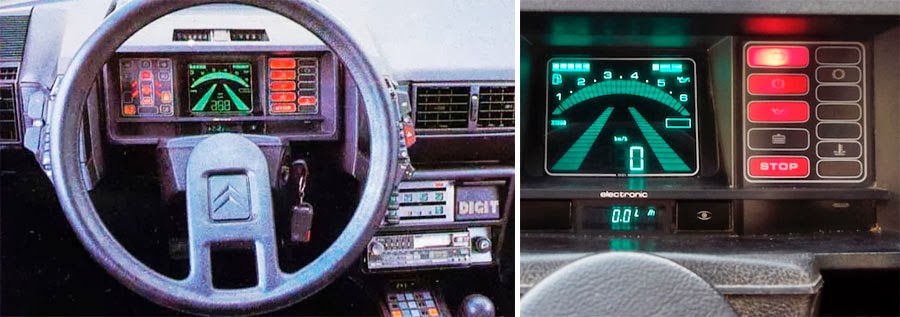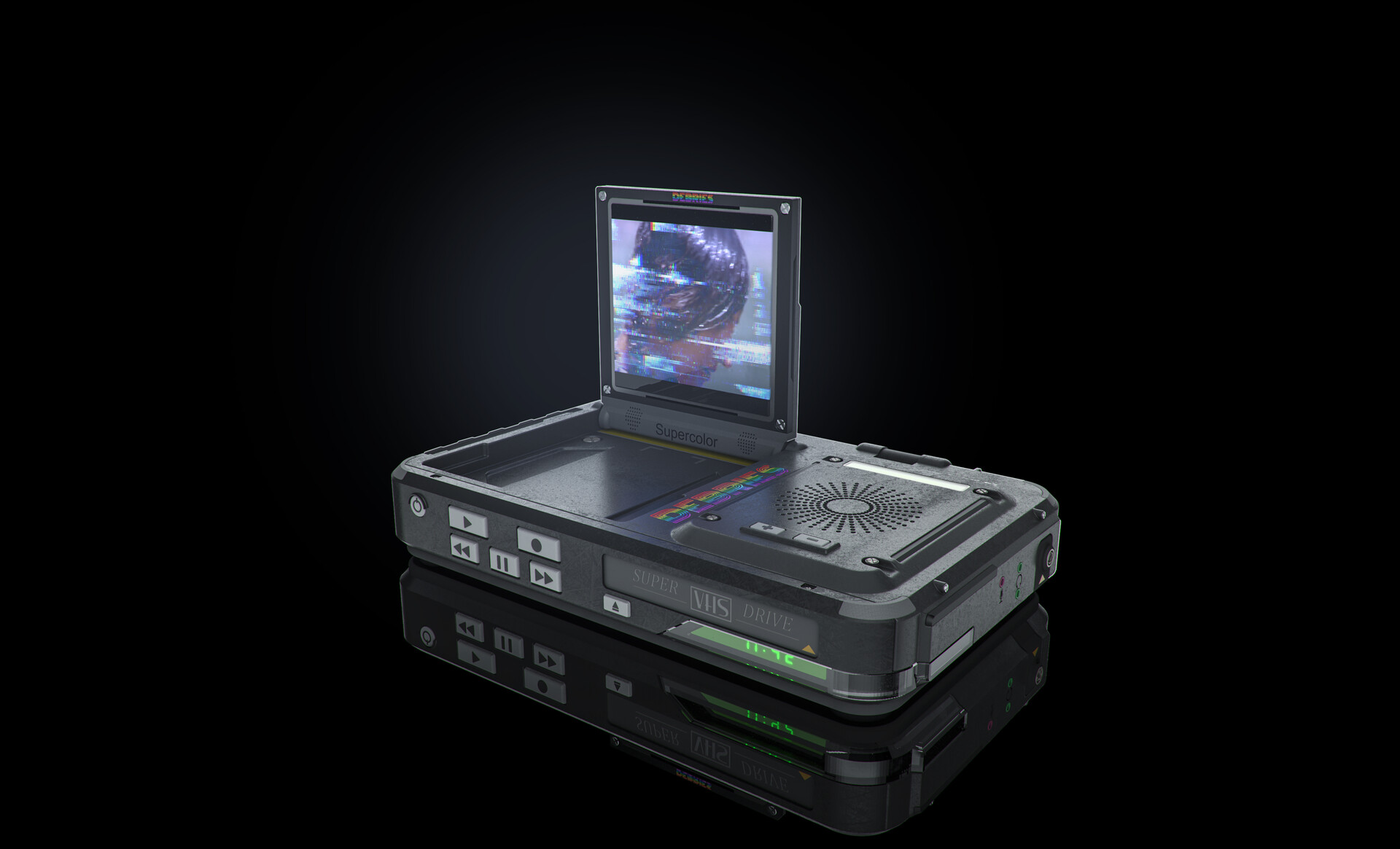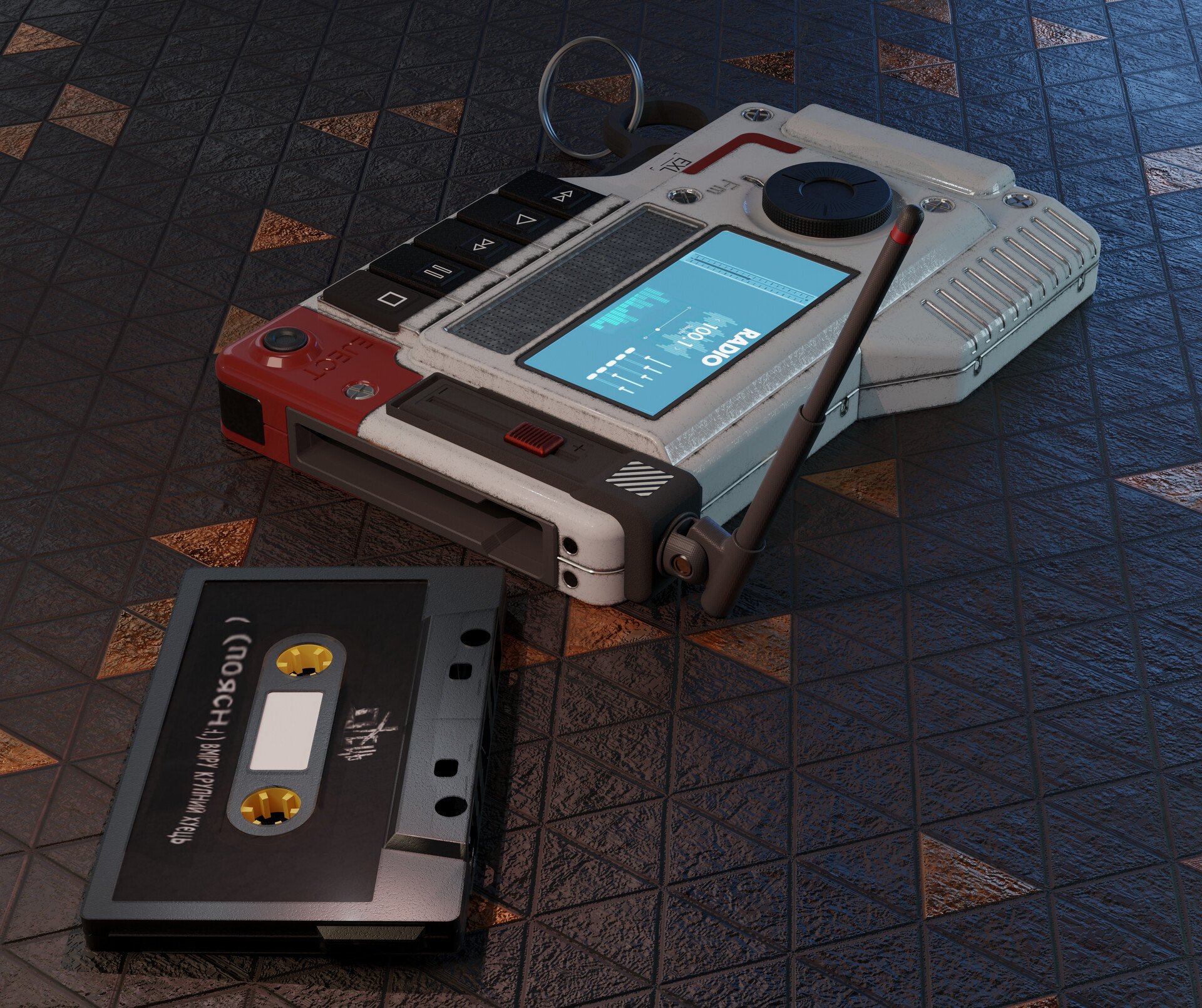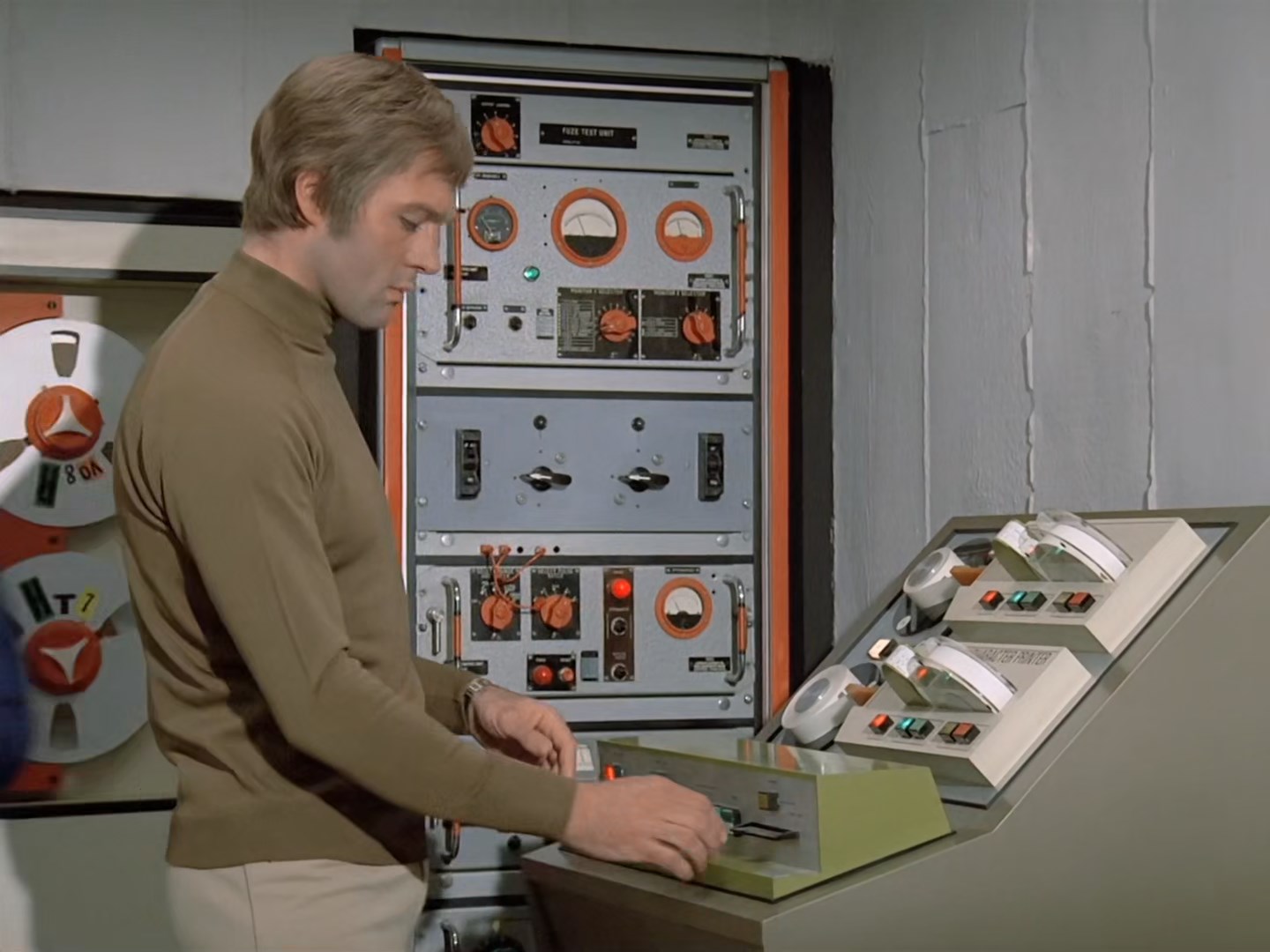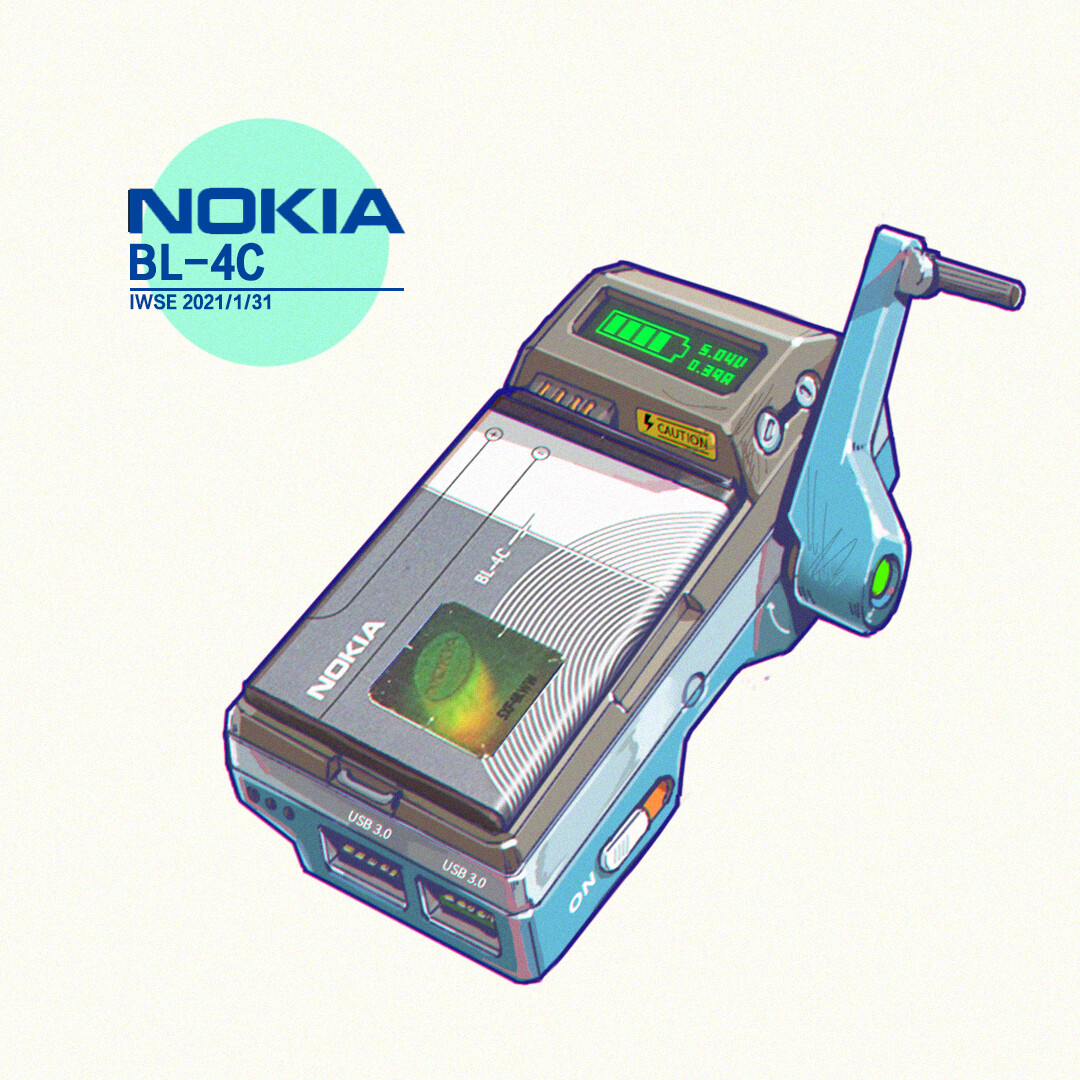Cassette Futurism
3466 readers
1 users here now
Welcome to Cassette Futurism Lemmy and Mbin Community.
A place to share and discuss Cassette Futurism: media where the technology closely matches the computers and technology of the 70s and 80s.
Whether it's bright colors and geometric shapes, the tendency towards stark plainness, or the the lack of powerful computers and cell phones, Cassette Futurism includes: Cassettes, ROM chips, CRT displays, computers reminiscent of microcomputers like the Commodore 64, freestanding hi-fi systems, small LCD displays, and other analog technologies.
See this blog to know more.
Rules
-
- Post must be related to Cassette Futurism.
-
- If you want to repost atleast wait 3 months.
-
- No AI or permabanned.
founded 2 years ago
MODERATORS
176
177
178
179
180
181
182
183
40
Rack cabinets props from SHADO headquarters (UFO / Space 1999 TV Series) [1969-1970]
(catacombs.space1999.net)
184
185
186
187
188
189
190
191
192
193
194
195
196
197
198
70
PYE Image Orthicon Camera Control Unit | Set: Control Freak | Sameli Kujala
(live.staticflickr.com)
199
200
